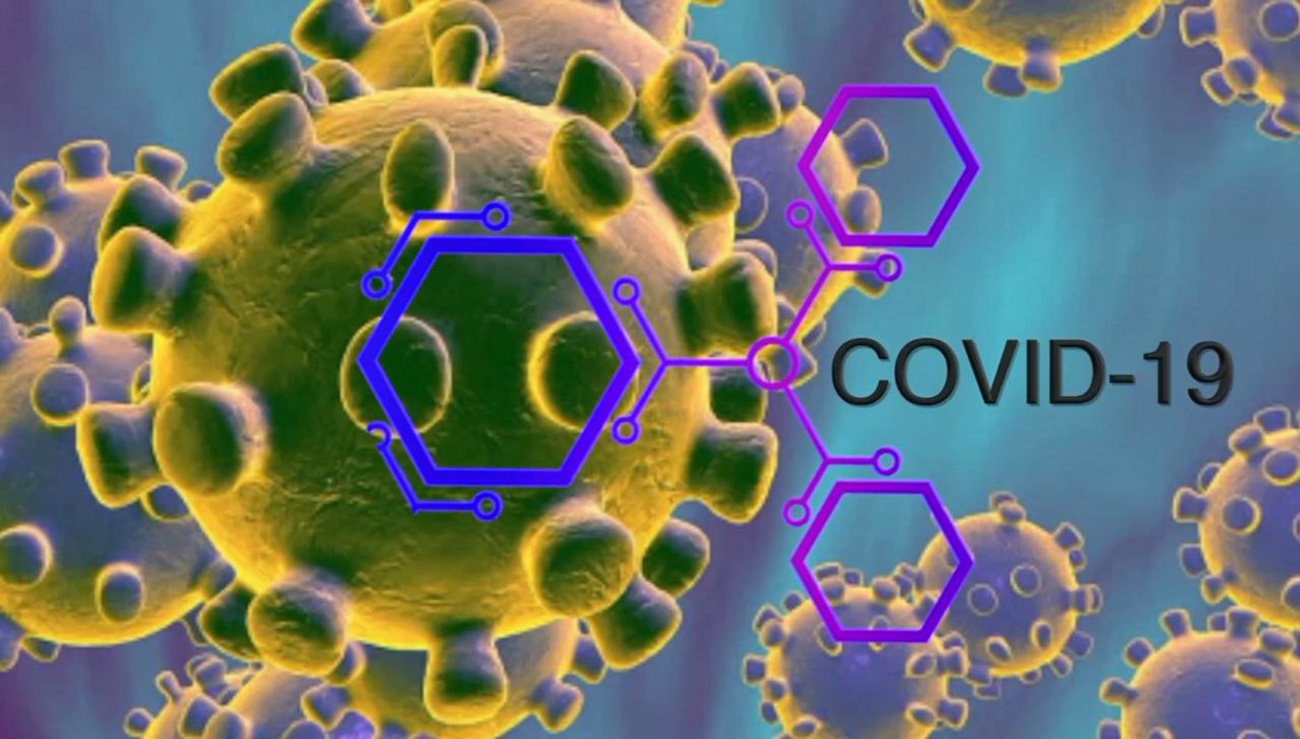
Eco-management of Wastewater by ZESTP
Abstract:
In present study, an evaluation of ZESTP (Zero Energy Sewage Treatment Plant) has been described as an alternative solution of sewage water treatment. This system has become widely famous because of having great absorption efficiencyof nutrients, simple construction and maintenance, relatively less costly as well as a strong process. After treatment of sewage water, the level of dissolve oxygen was increased up to 73% due to the enhanced numbers of photosynthetic organisms. Some aquatic macrophytes such as Eichhornia crassipes (Mart.) Solms, Pistia stratiotes L. and Hydrilla verticillata Casp were used in ZESTP for waste water treatment based on phytoremediation. ZESTP could reduce the around 84% turbidity, 46% electrical conductivity, 43% salinity, 74% acidity, 69% free CO2, 73% BOD, 44% COD, 70% suspended solids, 62% total hardness, 71% chloride, 59% cadmium, 51% iron, and 71% copper from the waste water. Naturally, some plants have capability are to retain and/or remove fatal chemicals which are present in sewage water. Moreover, macrophytes based ZESTP is a cost effective and an eco-friendly technique of sewage water treatment.
Author(s):
DOI:
Keywords:
References:
Ahmad, S., Choudhary, S, Akhtar A. (2006). Effect of sewage pollution on physicochemical characteristics of Ganga water near Patna. Modern J. Life Sci, 5(1-2), 23–26.
APHA. (1998). Standard methods for the examination of water and waste water, 20thEd. American Public Health Association, Washington DC-USA.
Banerjee, S., Mukherjee, S., LaminKa-ot, A., Joshi, S. R. Mandal, T., Haldera, G. (2016) Biosorptive uptake of Fe2+, Cu2+ and As5+ by activated biochar derived from Colocasia esculenta: Isotherm, kinetics, thermodynamics, and cost estimation. J Adv Res. 7(5), 597–610. doi: 10.1016/j.jare.2016.06.002
Bastviken, S. (2006). Nitrogen removal in treatment wetlands- Factors influencing spatial and temporal variations, Linkoping Studies in Science and Technology, Linkoping University, Sweden.
Choudhary, M. (2007). Water Hyacinth –A complete solution to wastewater treatment, Reclamation and Environment Protection IE (I) Journal-EN, 52–54.
CPCP. (2018). Industry effluent standards. http://cpcb.nic.in/industry-effluent-standards/ Accessed 28 May 2018
Gorakhpur. (2018). http://en.wikipedia.org/wiki/Gorakhpur/. Accessed 28 May 2018
Hiley, P. D. (1995). The reality of sewage treatment using wetlands. Water Science and Technology 32(3), 68–83.
Karthikeyan, K., Singh, K. (2004). Chemical composition of some sewage water used for irrigation purpose. Jr. of industrial pollution control, 20(2), 211–219.
Miretzky, P., Saralegui, A., Cirelli, A. F. (2006). Simultaneous heavy metal removal mechanism by dead macrophytes. Chemosphere, (62), 247–254.
Mishra, V. K., Tripathi, B. D. (2009). Accumulation of chromium and zinc aqueous solution using water hyacinth (Eichhornia crassipes). Journal of Hazardous material, (164), 1059–1063.
Mishra., V. K., Upadhyay, A. K., Pandey, S. K., Tripathi, B. D. (2008). Heavy metal pollution induced due to coal mining effluent on surrounding aquatic ecosystem and its management through naturally occurring aquatic macrophyte Bioresource Technology, (99), 930–936.
Mohanty, K., Jha, M., Meikap, B. C., Biswas, M. N. (2006). Biosorption of Cr (IV) from aqueous solution by Eichhornia crassipes. Chemical Engineering Journal, (117), 71–77.
Nadirah, I., Zaharah, I., Zaiton, A. M., Siti Haryani, C. K., Fadhil, M. (2008). Application of Bioparticle in Biofilter PI 2006 2119 for Wastewater Treatment. International Conference and Expo on Environmental Management and Technologies (ICEEMAT) 10-12 December Proceeding Booklet.
Roy, R., Fakhruddin, A. N. M., Khatun, R., Islam, M. S., (2010). Reduction of COD and pH of Textile Industrial Effluents by Aquatic Macrophytes and Algae. Journal of Bangladesh Academy of Sciences, 34(1), 9–14
Singh, M. M., Rai, P. K. (2016). A microcosm investigation of Fe (iron) removal using macrophytes of ramsar lake: A phytoremediation approach. International Journal of Phytoremediation, 18(12), 1231–1236, D.O. 10.1080/15226514.2016.1193471
Singh, P, Thakur, I. S. (2004). Removal of colour and detoxification of pulp and paper mill effluent by microorganisms in two step bioreactor. J. Scient. Ind. Res, 63(11), 944–948.
Wolverton, B. C., McDonald, R. C. (1980). Comparative Study of Wastewater Lagoon with and without Water Hyacinth. Economic Botany, 34(2), 101–110.
Yadav, S. B, Jadhav, A. S., Chonde, S. G., Raut, P. D. (2011). Performance evaluation of surface flow constructed wetland system by using Eicchornia crassipes for wastewater treatment in an institutional complex. Universal Journal of Environmental Research and Technology, 1(4), 435–441




